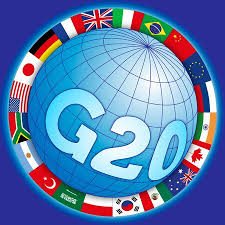Annual global payments revenues could reach $1.8 trillion under a quick Covid-rebound scenario, according to data from the Boston Consulting Group, representing a considerable slowdown in growth from pre-pandemic boom times.
The consultancy’s annual Global Payments Report, compiled using data from Swift, includes three revenue growth scenarios based on global GDP development.
Under a quick-rebound scenario, BCG’s outlook suggests that the global payments revenue pool will expand from $1.5 trillion in 2019 to $1.8 trillion in 2024, a compound annual growth rate of 4.4 per cent. Although solid, this CAGR is much lower than the 7.3 per cent annual growth the industry enjoyed from 2014 to 2019.
In a slow-recovery scenario, the global revenue pool would reach $1.7 trillion by 2024, a CAGR of 2.7 per cent. Under a deeper-impact scenario, the revenue pool would grow by only a moderate CAGR of 1.1 per cent.
The second half of the decade, however, looks considerably brighter, driven by economic expansion, advancements in payments infrastructure, e-commerce growth, and greater financial inclusion.
From 2024 to 2029, global payments revenues should rise by 4.4 per cent to 5.6 per cent annually, states the consultancy, roughly 1.5 times faster than the growth of banking revenues overall. By 2029, the revenue pool could swell to between $1.9 trillion and $2.4 trillion, depending on the extent of the economic recovery.
“By accelerating changes that traditionally take a decade to materialise in the payments industry, the pandemic and its aftermath have created a window for the most talented companies to leapfrog the competition, gain scale, and deliver customer impact,” says Yann Sénant, a Paris-based BCG managing director and partner, co-author of the report, and global leader of the firm’s payments and transaction banking segment. “That ticking clock means that payments players that act decisively now will have a clear advantage over the rest of the field.”

 Cover Story3 weeks ago
Cover Story3 weeks ago
 IT in Banking3 weeks ago
IT in Banking3 weeks ago
 Innovations3 weeks ago
Innovations3 weeks ago
 Global News3 weeks ago
Global News3 weeks ago